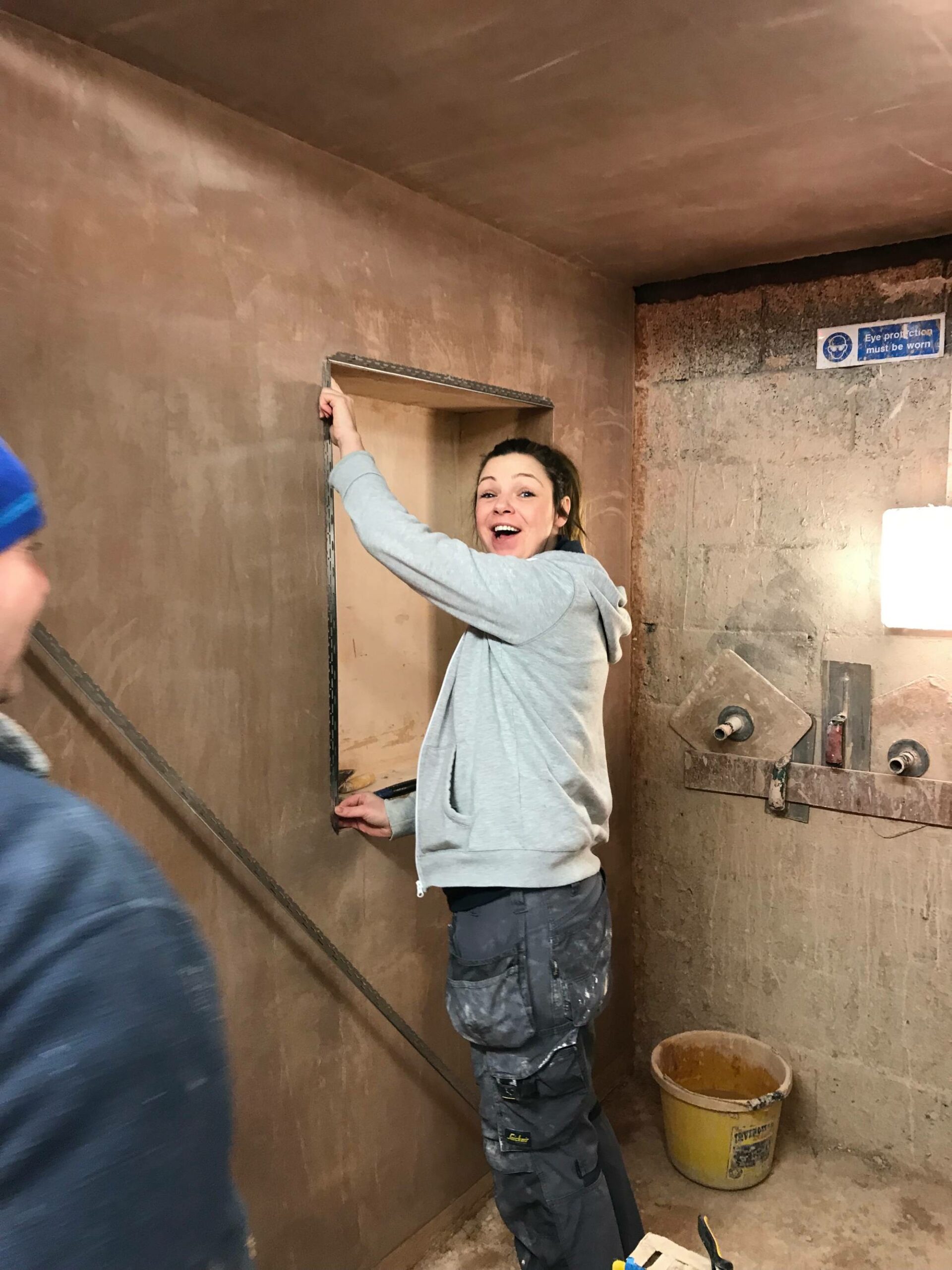Professional Tips for Perfect Plastering: Achieve a Flawless Complete Every Single Time
Professional Tips for Perfect Plastering: Achieve a Flawless Complete Every Single Time
Blog Article
A Comprehensive Guide to Mastering Plastering Abilities for Your Improvement Requirements

Crucial Devices and Materials
In the realm of plastering, having the right tools and materials is critical to accomplishing a flawless finish. Various important devices serve unique functions, ensuring effectiveness and precision throughout the gluing procedure. A top quality trowel, as an example, is indispensable for using and smoothing plaster, while a hawk offers a steady platform for holding the material. A joint knife is likewise essential for detailed work, particularly in edges and edges.
Along with devices, selecting the appropriate plastering products is vital. Gypsum-based plasters are generally chosen for their versatility and simplicity of usage, while cement-based choices are optimal for outside applications due to their durability. Water and bonding agents play substantial roles in accomplishing proper uniformity and adhesion, guaranteeing that the plaster sticks efficiently to the surface area.
In addition, protective gear such as handwear covers, masks, and safety glasses is vital to guard versus dust and irritability during the application process. By putting together the appropriate mix of tools and materials, plasterers can improve their capability and generate top quality surfaces, eventually boosting the total workmanship of their job.
Preparing Surface Areas for Plastering
Achieving a long lasting and smooth plaster coating starts with thorough prep work of the surface areas to be smudged. This fundamental action is crucial to making sure bond and the long life of the plaster. Begin by analyzing the condition of the substrate-- whether it is masonry, concrete, or drywall-- eliminating any type of loose paint, dust, or debris that might disrupt bonding.
Following, fix any kind of blemishes such as splits or openings. Use a suitable filler to achieve a level surface area; this can be crucial for preventing future concerns. As soon as repaired, guarantee the surface is completely dry and clean, as moisture can endanger plaster adherence.
For permeable surfaces, it is recommended to apply a bonding representative. This product enhances attachment and produces a trustworthy user interface in between the plaster and substrate. If dealing with formerly plastered surfaces, it might be needed to scuff or sand the area lightly to provide a trick for the brand-new plaster layer.
Gluing Techniques and Tips
Mastering gluing techniques needs both ability and practice to accomplish a remarkable surface. One vital strategy is the application of the plaster in multiple thin layers, instead than a solitary thick coat.
When using the finish coat, utilize a shoveling technique that involves holding the trowel at a mild angle and operating in a circular movement. This aids to create a smooth surface and decreases the appearance of trowel marks. In addition, maintain a spray bottle of water useful to haze the surface area gently; this keeps the web link plaster convenient and permits for smoother finishing.
Timing is vital; job efficiently, as the plaster begins to set. When the plaster has firmed up however is still moist, make use of a wet sponge to gently smooth the surface further. Lastly, allow adequate drying time before sanding or painting, guaranteeing your effort causes a specialist, top quality surface.
Typical Errors to Stay Clear Of

Another usual mistake is using plaster also heavily. Excitable applications can bring about cracking and prolonged drying times. It's important to use plaster in slim, also layers, permitting each layer to dry appropriately prior to including extra.
In addition, not making use of the right devices can impede the high quality of the surface. Utilizing improper trowels or More about the author mixers can produce variances in the gluing process. Always go with high-quality devices made for smudging jobs.
Finally, lots of individuals ignore the importance of timing. Working in unsuitable temperature levels or humidity levels can adversely affect plaster treating and drying. It is advisable to check weather and adapt your schedule as necessary.
Completing Touches for a Professional Look
The lasts of a smudging job are essential for achieving a sleek, professional look. When the plaster has dried out adequately, the next action is to assess the surface area for imperfections. Small bumps, openings, or uneven areas need to be attended to using great sandpaper or a sanding block. This careful focus to detail is important for ensuring a smooth coating.
After fining sand, it's advisable to clean up the surface area to remove any type of dirt and debris. A wet towel works for this function, followed by a comprehensive drying out duration. If essential, using a thin layer of ending up plaster can enhance the surface area even more, supplying a smooth finish.
Once the completing plaster is completely dry, an additional round of fining sand might be required to achieve the preferred level of smoothness. Ultimately, consider applying a primer before paint click here to read or wallpapering, which will enhance adhesion and longevity.
Conclusion
Grasping gluing abilities significantly enhances the quality of remodelling jobs. A thorough understanding of important tools, surface preparation, and effective techniques is essential for accomplishing professional results. Awareness of common mistakes allows for the avoidance of pricey mistakes, while focus to ending up touches ensures a polished appearance. Ultimately, the assimilation of these components adds to the production of smooth, long lasting surfaces that raise the aesthetic value of any space, underscoring the significance of skillful plastering in home renovation undertakings.
Water and bonding agents play considerable roles in attaining appropriate consistency and attachment, guaranteeing that the plaster sticks efficiently to the surface area. Plastering.


Additionally, maintain a spray bottle of water convenient to mist the surface area lightly; this maintains the plaster convenient and permits for smoother completing. (Plastering)
If necessary, using a thin layer of completing plaster can enhance the surface area even more, giving a seamless coating.
Report this page